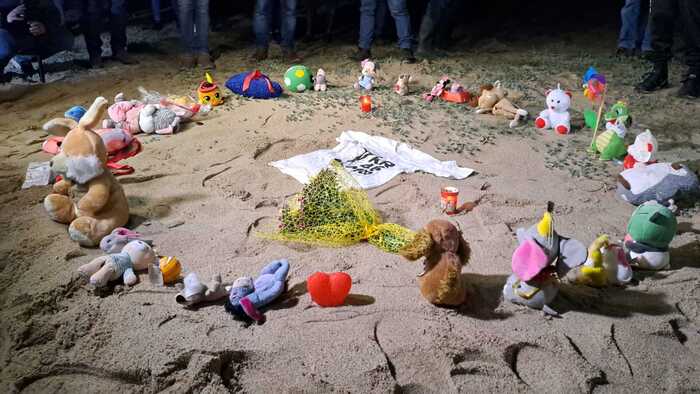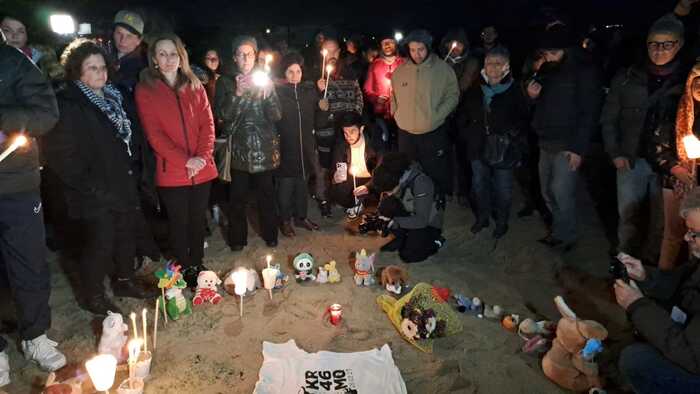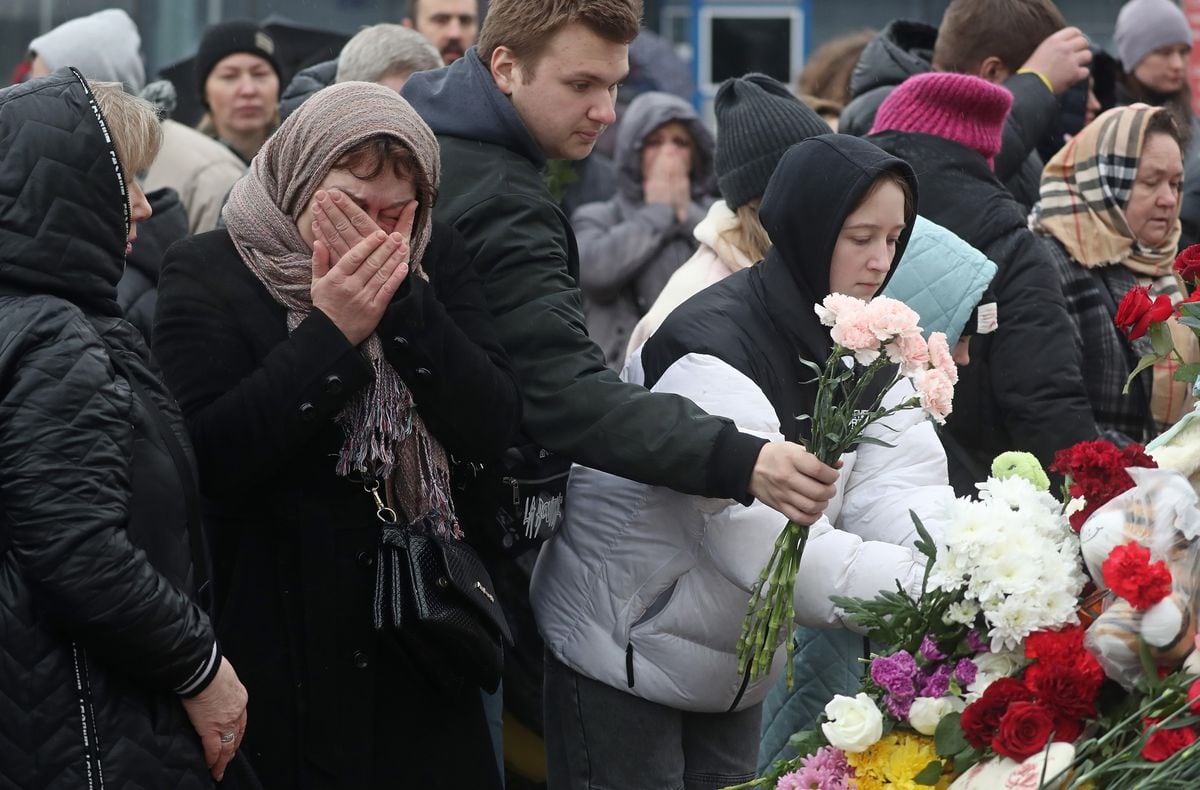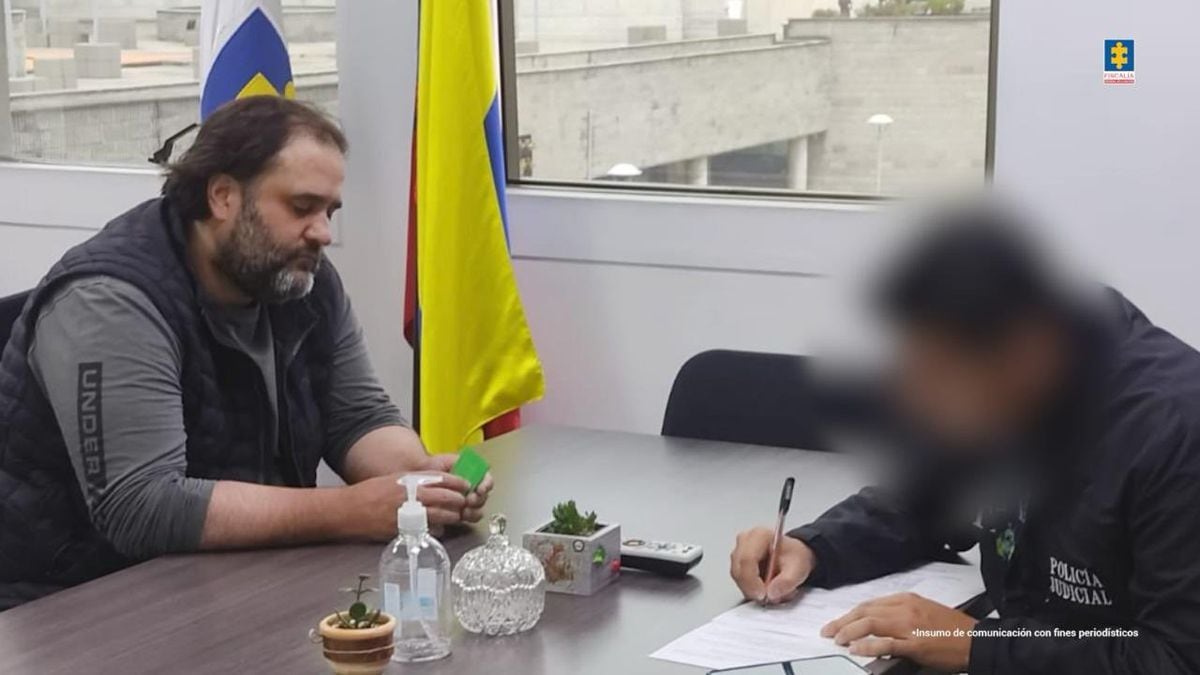"Children have a natural survival instinct that emerges in adverse situations, as does all their ingenuity. I never doubted they were going to survive." The words of Carlos Páez Vilaró, also a survivor of an air tragedy, that of the Uruguayan rugby plane in 1972, show the confidence he had placed in the fact that they would find alive the four children who since last May 1 were missing in the Colombian jungle after suffering a plane crash.
Although the stories of the 16 survivors in the Andes Mountains and the four little brothers lost in the virgin forest of the municipality of Solano are different, they share a love for life, despite everything.
In fact, for Páez Vilaró, both tragedies are "a tribute to life", while the news from all over the world catalogs them as true "miracles". It is that the 20 protagonists of the two plane crashes overcame the loss of their traveling companions and the difficulties of the places where they fell.
The transfer of the boys, on a plane to Bogotá. Photo EFE/Colombian Military Forces
In the case of the Uitoto indigenous children, Lesly (13), Soleiny (9), Tien Noriel (4) and Cristin Neriman (11 months), they were not paralyzed by the death of their mother Magdalena Mucutuy (33), the pilot Hernan Murcia (55) and the indigenous leader Herman Mendoza (57), the three adults with whom they were traveling.
After 40 days of the crash of the Cessna HK 2803 plane, the special commands of the Military and Indigenous Forces found the boys five kilometers from the place where the accident was recorded, but the road they traveled was much longer, according to the clues found.
The pilot had reported engine failures. "Mayday, Mayday, 2803, 2803, the engine failed me again," was the last warning he gave before the aircraft disappeared from radar. It hit the ground and the adults suffered fatal injuries.
Roberto Canessa in 1972, when he arrived in Chile after crossing the Andes Mountains. Photo Archive
On Tuesday, May 16, they found the remains of the vehicle and the adults, but the bodies of the children were not there and that maintained the illusion of finding them alive. That hypothesis became stronger when fruit remains were found. Only on May 24 did they find a diaper, a cell phone accessory, a shoe and a towel. In turn, on the 30th a footprint and wild fruits appeared.
"
While there is life and hope, there is perhaps tomorrow. That is our motto," says Roberto Canessa, another of the survivors of Los Andes, in dialogue with Clarín. He adds: "If these children stayed at the crash site they would have found them earlier, but maybe they couldn't stay there because their mother had died."
For him, survival depends on where you go after the tragedy. In their case, when the young Uruguayans, who were between 18 and 24 years old, heard that the search for them was over, they started walking.
Unlike the group of Charrúa rugby players alone in the middle of the Cordillera, the indigenous children were familiar with the jungle. "They had the advantage of knowing the habitat where they were lost, just like the miners in Chile, but we did not. We survived 72 days at temperatures below zero," explain Páez Vilaró and Canessa.
The rugbiers urugayos, in the Cordillera. They survived 72 days in sub-zero temperatures.
The latter believes that his group "would not have survived in the jungle." Although he recognizes that "survival depends a lot on the education one has."
"We were good kids who were useless. I had never seen a dead person before," confesses Páez Vilaró. The upbringing of Uruguayans and indigenous children seems distant. This leads Canessa to think about "the importance of reflecting on how to educate children, leaving behind overprotection and not filling them with fears."
"The mentality of the older girl who survived is going to change the way people think," says the doctor and former rugby player, who would love to meet the Colombian boys.
He calls them "geniuses" and believes that the society in which they grew up "makes them mature faster than ours, and thus learn to handle adversity better."
The Uitoto indigenous brothers were found with signs of malnutrition, dehydrated and with infections from the bites. They are fragile but without any serious symptoms, and are recovering in a hospital in Bogotá.
What the experts say
The big question is how four children aged between 13 and 11 months survived in the jungle. For pediatrician Celeste Celano and child psychiatrist Ana Bernard, the key is also in "the survival instinct that children have more on the surface than adults, because they can adapt more easily."
The instinctive responds to the fact that they did not lose it given its short life. While resilience is the ability to transform and adapt to serious situations that come to challenge us and, despite everything, come out stronger.
Páez Vilaró says he never doubted the boys would survive. Photo Archive
"Resilience is acquired with the experiences and the context in which they live," says the pediatrician. At this point, Bernard understands that "the ability to cope with difficulties increases with experiences and with a previous history of secure attachment with the caregiver."
In the case of indigenous children, there was a key role played by the 13-year-old older sister. "Children look for the most adult figure, they use it as a mirror to know where they are going, no matter if it is the older brother or an adult," clarifies Celano, head of the Pediatrics Service of the Model Sanatorium of Caseros.
The threat is different depending on the age of each child. "At one year of life, the need for security is extreme and survival is through extreme dependence, just like in early childhood. But entering puberty, different social and experience factors favor the ability to cope with adversity, "says the child psychiatrist at the British Hospital.
And he adds: "Genetic and epigenetic aspects (environment that stimulates and favors adaptive developments) are put into play in the face of the threat."
For her, the case of the indigenous brothers "will be the time that shows what the impact of surviving was, how each one will develop the tragedy they endured and what the possible consequences may be."
ACE
See also
Shocking images: after 40 days, children lost after a plane crash in Colombia found alive
See also









